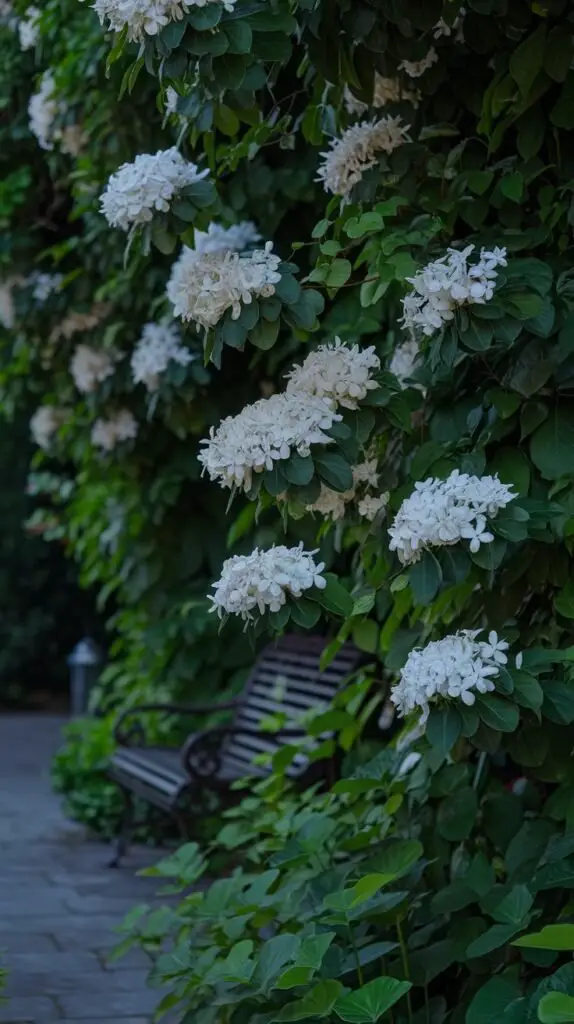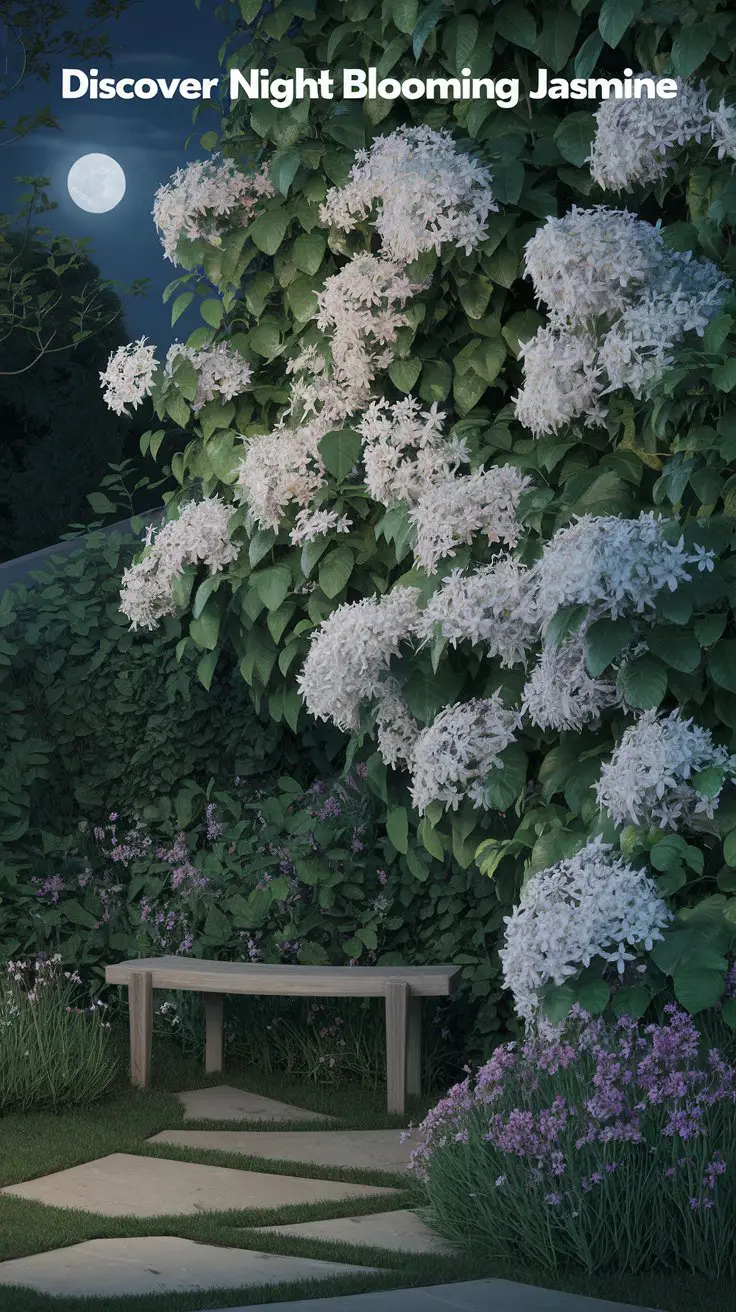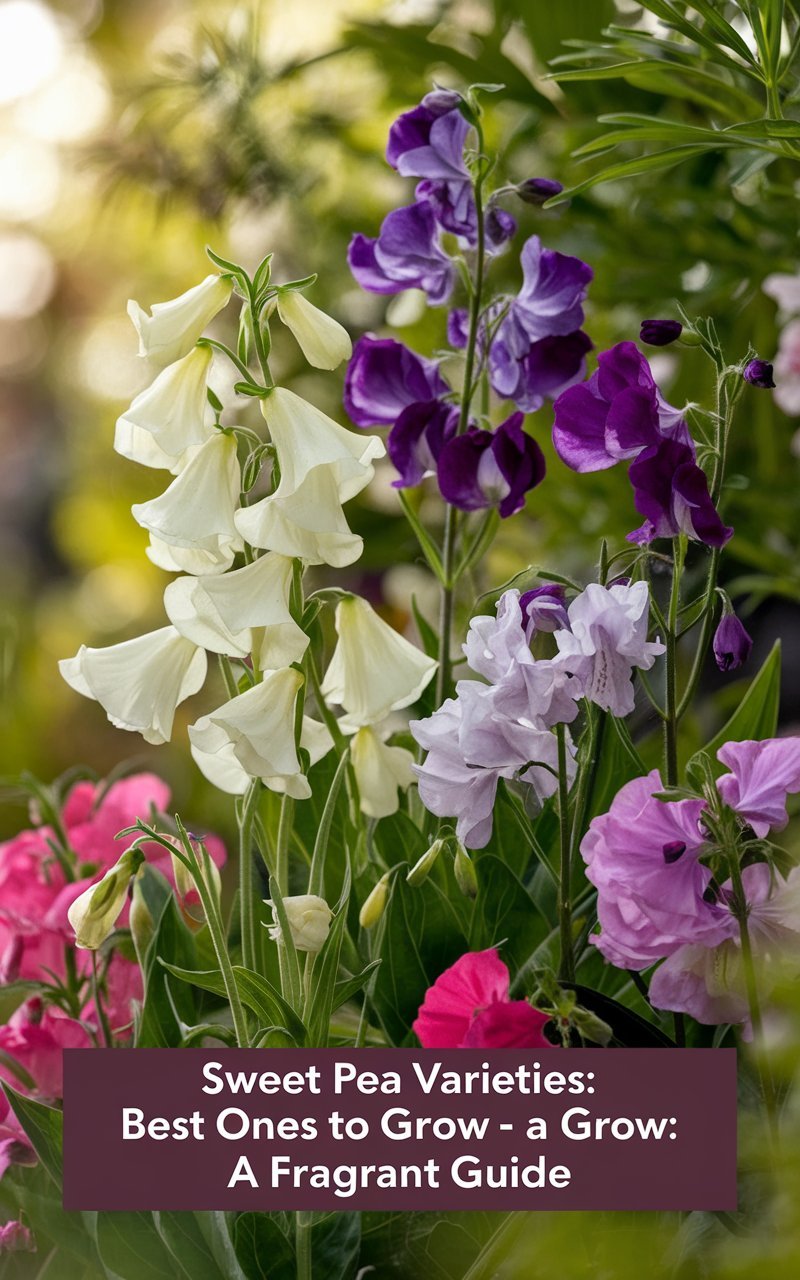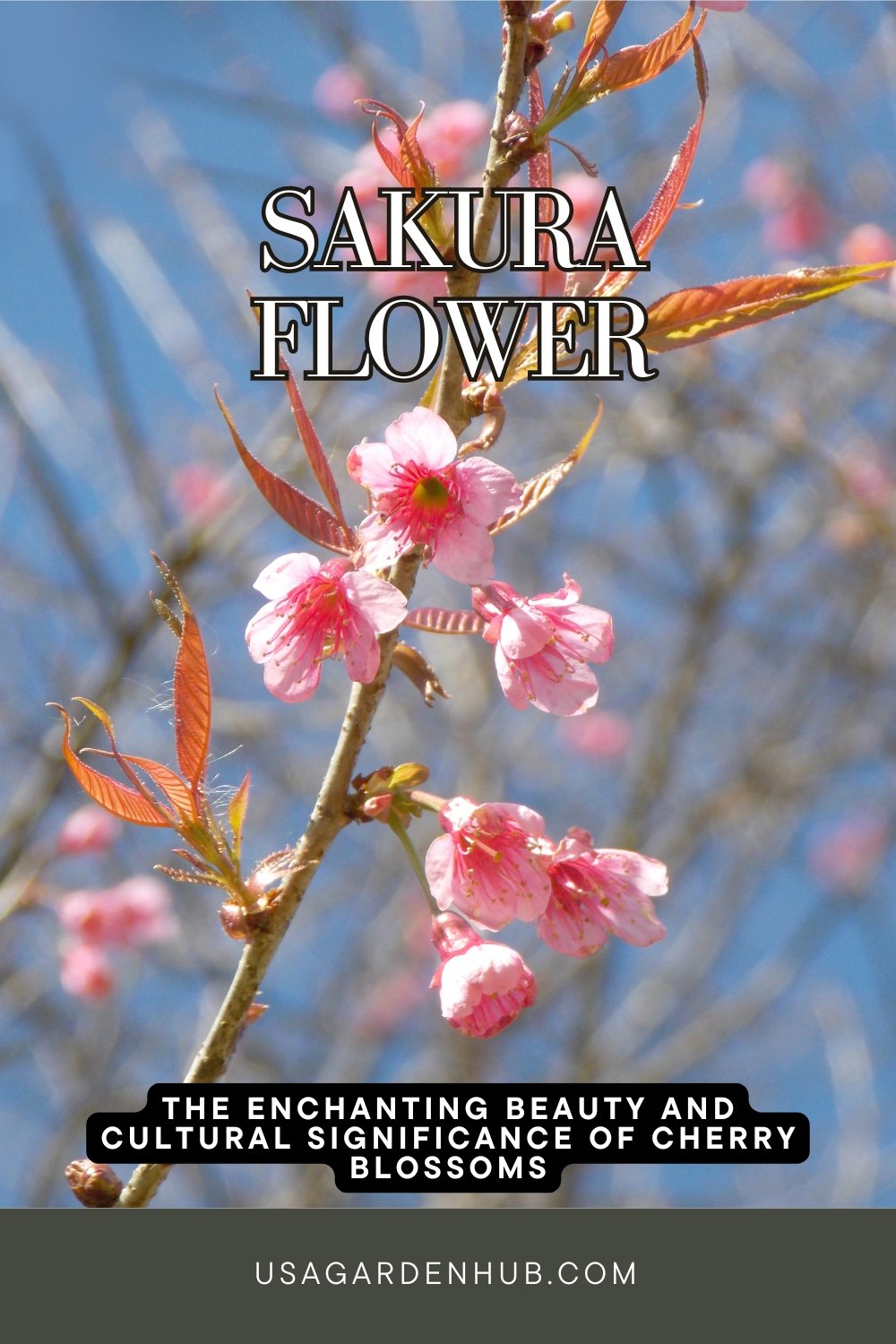Discover the magic of Night blooming jasmine in 2024. Learn expert tips on growing, caring, and maximizing the beauty of this fragrant nocturnal plant in your garden.
Night blooming jasmine (Cestrum nocturnum) is a captivating tropical plant known for its intensely fragrant white flowers that open in the evening. This versatile shrub can transform your garden into a nocturnal paradise, attracting pollinators and filling the air with its sweet scent. With proper care and placement, night blooming jasmine can thrive in various climates, making it a popular choice for both novice and experienced gardeners in 2024.

Hello, I’m Ashley Scott, a horticulturist with over 15 years of experience in tropical and subtropical plant cultivation. Today, I’m excited to share my knowledge about night blooming jasmine, a fascinating plant that has gained popularity among garden enthusiasts in recent years.
Understanding Night Blooming Jasmine
Night blooming jasmine, scientifically known as Cestrum nocturnum, is a species of nightshade native to the West Indies and South Asia. Despite its common name, it’s not a true jasmine but earns the moniker due to its similarly intoxicating fragrance. As one of the most fragrant night garden plants, it’s a must-have for any nocturnal garden enthusiast.
Key characteristics include:
- Evergreen shrub growing 6-13 feet tall
- Small, tubular white or greenish-white flowers
- Intensely fragrant blooms that open at night
- Berries that turn from white to purple-black when ripe (note: berries are toxic if ingested)
Why Choose Night Blooming Jasmine in 2024?
- Nighttime Garden Enhancement: As more people seek to enjoy their outdoor spaces in the evenings, night blooming jasmine offers a sensory experience perfect for moonlit gatherings.
- Pollinator Support: With declining pollinator populations, night jasmine is one of the best nocturnal pollinator-friendly flowers, attracting moths and other night insects.
- Low Water Requirements: In an era of increasing water conservation, this drought-tolerant ornamental shrub is an excellent choice for sustainable gardening.
- Air Purification: Recent studies have shown that night blooming jasmine can help improve air quality, making it a dual-purpose plant for both beauty and health. It’s one of the most effective natural air purifying plants for your garden.
Growing Night Blooming Jasmine
Climate and Hardiness
Night blooming jasmine thrives in USDA hardiness zones 8-11. For gardeners in colder regions, it’s one of the best tropical evergreen plants for containers, allowing for indoor protection during winter months.
Soil and Sunlight Requirements
- Soil: Well-draining, fertile soil with a pH between 6.1 to 7.8
- Sunlight: Full sun to partial shade; morning sun with afternoon shade is ideal
Planting Tips
- Choose a location that allows for growth and doesn’t interfere with walkways
- Dig a hole twice the size of the root ball
- Add organic matter to improve soil quality
- Water thoroughly after planting
For container planting, select a pot at least 12 inches deep with adequate drainage holes. The University of Florida IFAS Extension provides excellent guidance on container growing for night-blooming jasmine.
Innovative Care Techniques for 2024
Smart Watering Systems
Utilize IoT-enabled moisture sensors to optimize watering schedules, ensuring your night jasmine receives just the right amount of water. These smart garden irrigation systems are becoming increasingly popular for maintaining low-maintenance aromatic garden ideas.
Companion Planting
Pair night blooming jasmine with other evening-fragrant plants like evening primrose or moonflower for a diverse nocturnal garden.
Pruning and Training
Regular pruning maintains shape and promotes healthy growth. In 2024, try espalier techniques for flowering shrubs to create living walls or screens with night jasmine. The Royal Horticultural Society offers valuable insights on pruning Cestrum species.
Eco-Friendly Pest Control
Use neem oil or introduce beneficial predators like ladybugs to manage common pests such as whiteflies or spider mites.
Maximizing Fragrance and Blooms
To enhance the aromatic experience of your night blooming jasmine:
- Plant near windows or outdoor seating areas
- Provide a trellis or support for climbing varieties
- Fertilize monthly during growing season with a balanced, slow-release fertilizer
- Ensure adequate phosphorus levels to promote blooming
Harvesting and Uses
While primarily grown for ornamental purposes, night blooming jasmine has several uses:
- Cut flowers for evening indoor arrangements
- Essential oil extraction for aromatherapy (note: requires professional distillation)
- Traditional medicinal uses in some cultures (consult with a healthcare professional before use)
Troubleshooting Common Issues
- Lack of Blooms: Ensure adequate sunlight and phosphorus levels
- Yellowing Leaves: May indicate overwatering or nutrient deficiency
- Frost Damage: Protect plants during unexpected cold snaps with frost cloths
Conclusion
Night blooming jasmine offers a unique and enchanting addition to any garden, particularly for those looking to create a sensory nighttime experience. With its intoxicating fragrance, low maintenance requirements, and ecological benefits, it’s no wonder this plant has become a favorite among gardeners in 2024. By following these care tips and embracing innovative gardening techniques, you can enjoy the magical beauty of night blooming jasmine in your own outdoor space.
For more gardening tips and plant care guides, visit usagardenhub.com




